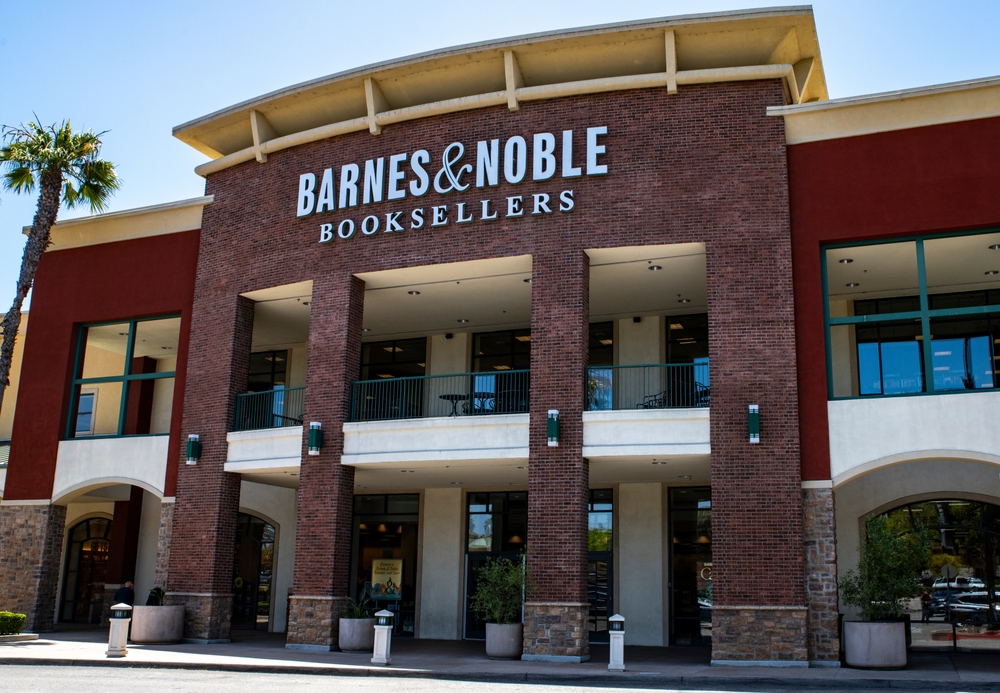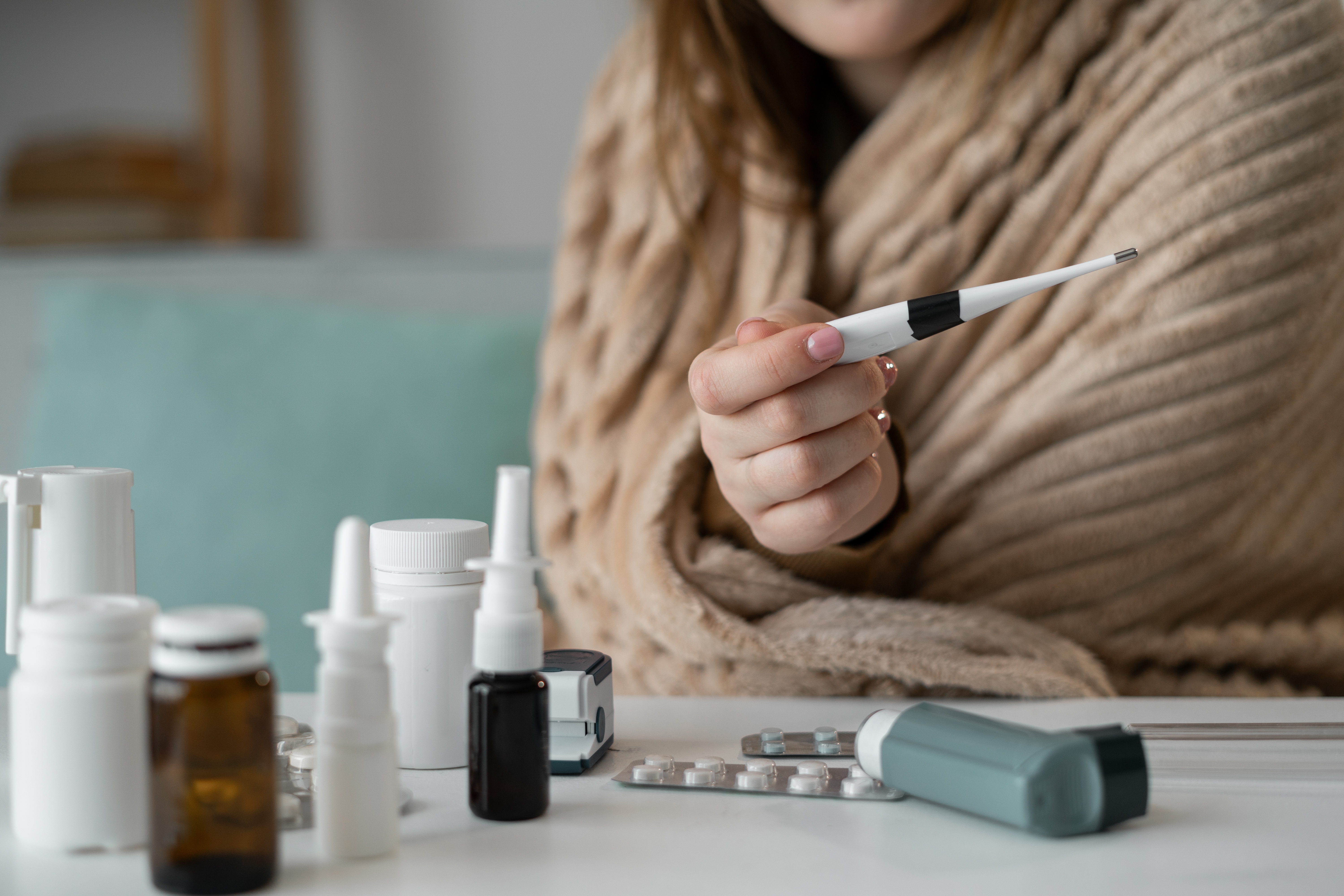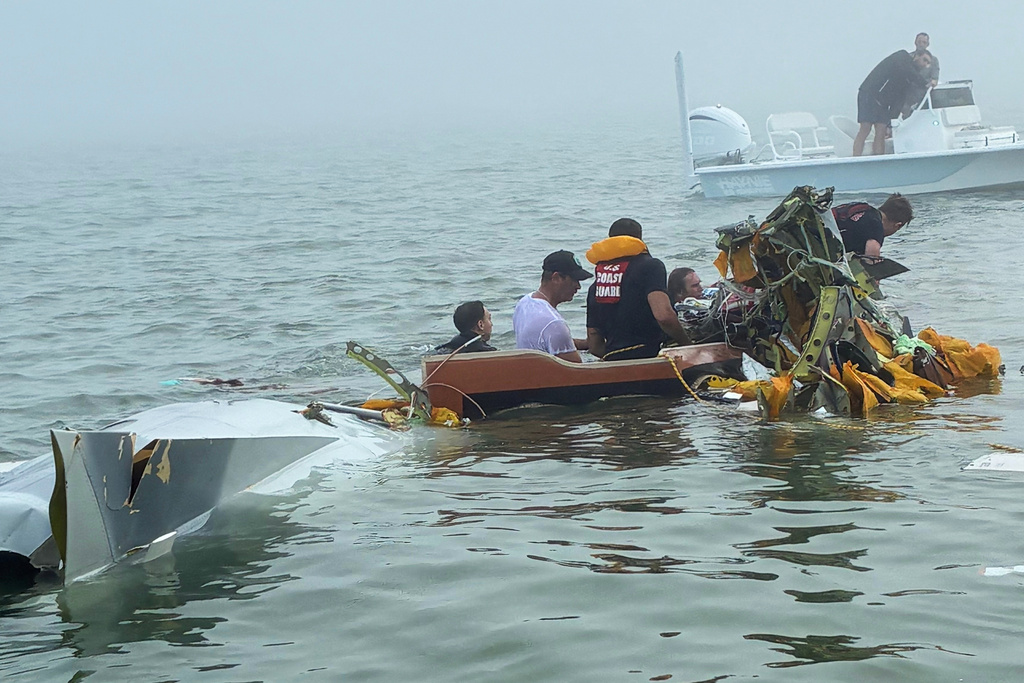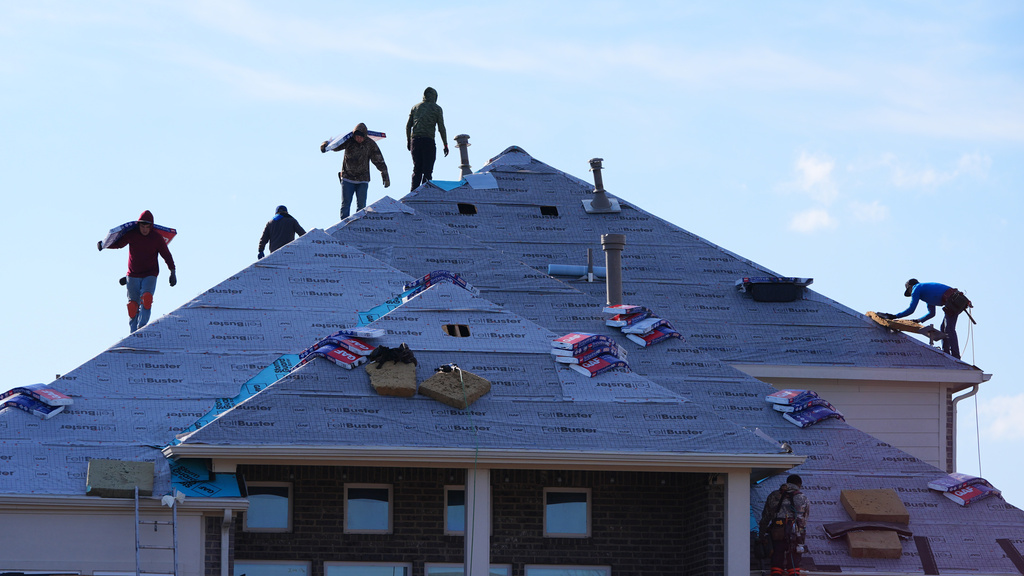Pediatric cancer is a diagnosis no one ever wants to receive, and it's increasingly coming with a price tag very few can afford to pay.
"That's just it; the price tag is enormous," said Kate Tillotson, CEO of Bear Necessities. "A lot of families, they want to do everything they can, of course, to help their child. And sometimes that means quitting your job so they can take their child to treatment, so they can be there with the child in the hospital, and not all families can do that."
Bear Necessities is a nonprofit pediatric cancer foundation that works to support families while searching for cures.
"Pediatric cancer has such an impact on parents with all of the costs that are involved, and so we try to offset that by providing support for transportation costs, utility bills, things like that."
According to a 2021 survey, 61% of cancer patients and survivors "find it somewhat or very difficult to afford their care," and over 80% of patients said they've "had to make financial sacrifices to cover their health care expenses."
To put those percentages into perspective, consider the fact that the American Cancer Society estimates that more than 1.9 million new cases of cancer will be diagnosed in the U.S. in 2023.
So, what exactly is causing this financial hardship for cancer patients? Like just about every other medical ailment these days, drug prices are skyrocketing.
Dr. Hagop Kantarjian is an oncology specialist at the University of Texas MD Anderson Cancer Center, and for the better part of a decade, he's been calling out what he says are "exorbitant" drug prices.

Cancer treatment trial hailed as 'breakthrough'
The study explains none of the patients received chemoradiotherapy or underwent surgery and "no cases of progression or recurrence had been reported."
"In 2013, we started advocating for lowering the drug prices, and we came with several editorials," Kantarjian said. "After we did all these editorials and pleas over the years, nothing has happened."
Today, the average annual cost of a new cancer drug in the U.S. can reportedly run around $283,000.
"In 2013, the average cancer drug price was anywhere from $100,000 to $120,000 a year," Kantarjian said. "Before 2000, it was probably around $10,000 a year. Today, the average cancer drug price is over $200,000. In 2022, it was $222,000 per year."
This has forced an increasing number of patients to make some gut-wrenching decisions — everything from rationing out their medication to even skipping treatment all together.
"Through the course of my career, particularly in the last two decades, I've seen many patients who did not show up to the clinic because they were too embarrassed because they could not pay for their cost of care," Kantarjian said. "Patients with cancer are having, because of the high drug prices, sometimes to make a choice between life and death based on the cost efficacy."
The U.S. is predominately alone in having this problem.
"Americans have been brainwashed to believe that because the United States is the richest country in the world, that they are getting the best care in the United States compared to European countries," Kantarjian said.
According to a 2019 study, median cancer drug prices in Europe were 52% lower than U.S. prices, and Kantarjian says in some cases, the drugs can cost as much as 300% more in the U.S.
"Financial toxicity is very real," he said. "There are many people facing cancer or being treated for cancer who have to mortgage their homes, lose their homes, go into bankruptcy, and that's a tragedy. And we need leadership, particularly from government, to change that."

How does cancer work in the body?
To continuously multiply, your cells have to divide. When they do that they copy your genes — all 3 billion letters of your genetic code.
Andrew Schorr is a medical journalist and is living with two types of cancer.
"I take four pills a night for a condition called myelofibrosis, and I think the retail cost of those pills is $16,000 a month," he said. "I also get an infusion to improve my immune system for the leukemia I have, and that's about another $8,000. And then to boost my energy, there is another shot I get every three weeks, and I think that's about $8,000 or $10,000 every three weeks."
While a good deal of his regimen is covered by Medicare, he knows many still people struggle with co-pays.
"You need caps on the yearly out-of-pocket costs, and you need to reduce the cost," Schorr said. "That's particularly true for Medicare patients where previously we've had to pay 5% of the retail costs, and Medicare wasn't allowed to negotiate drug prices."
As a journalist-turned-advocate, Schorr has spent more than 30 years helping other cancer patients try to make sense of their diagnoses.
"I was one of the first, with a few others as patients, to go to medical conventions and cover it as a patient journalist, if you will — not for doctors so they could be informed if they didn't get to go to the medical convention, but for patients who were living with the conditions that were discussed," Schorr said.
That starts with reading up and asking questions.
"When you're told you have a cancer diagnosis, I think it's really imperative that you, your loved ones, your support team, care partners get smart," Schorr said. "It's very important to include in your options: Is there a clinical trial? They may be developing tomorrow's medicine today that I can get and where the drug in the clinical trial will be provided for free — not all of the treatment, but maybe the key drug."

Why are there no cancer warnings on alcohol labels?
The CDC says drinking alcohol increases your risk of getting six different types of cancers.











